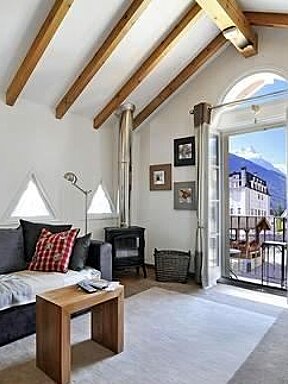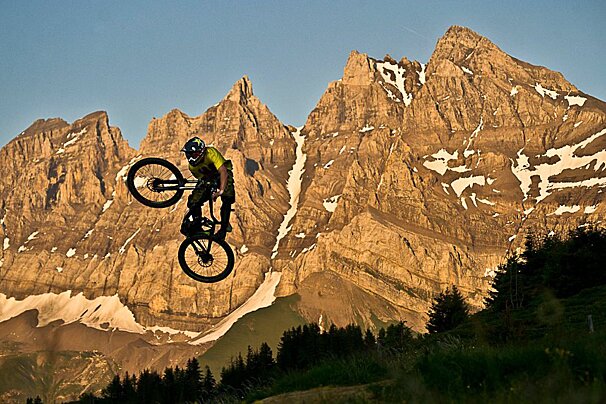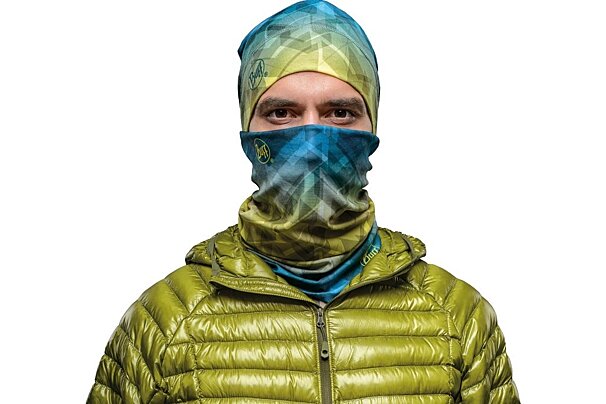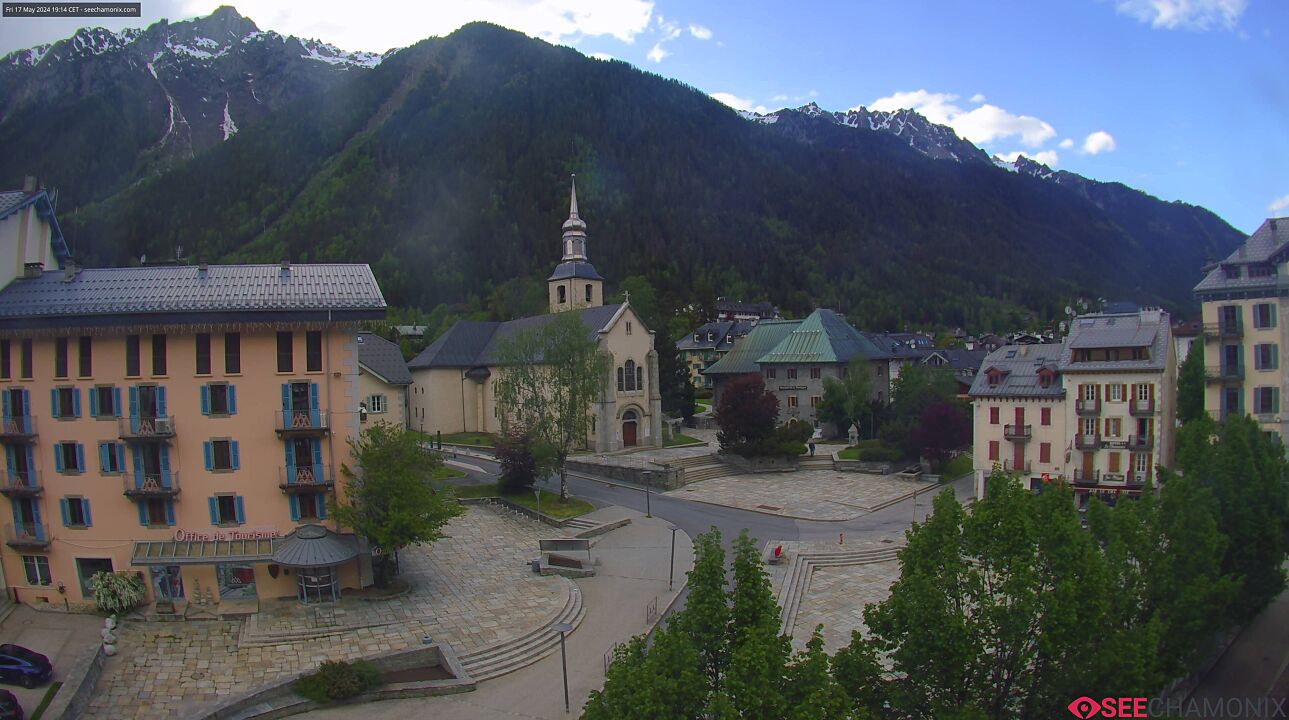




Chamonix Snow Report: 6th November 2007
It's a bit grey in Chamonix today. There is a little bit of rain lurking around that, according to the forecast, has the possibility of turning into snow flurries later in the morning. Last week we had a fairly mixed bag of weather, from cloudy skies and cold days to the most glorious autumnal day ever on Saturday – the kind of day that brochure photos are taken. Unfortunately, I've been a bit busy at work this week to get out and about as much as I usually like to, but after my cheeky days boarding last week in the Southern Alps, I have been turning my thoughts much more to the winter and picturing all the terrain that will soon be snow covered once more and begging to be explored.
Obviously due to the nature of much of the terrain in the Chamonix valley, if you're thinking of heading off the beaten track into the high mountain and back country glaciated areas, then you really need to know what you're doing or go with someone who does. As we've said many times before it's not simply a case of having the right equipment with you, it's vital that you know how to use it and what to do should you find yourself dealing with an emergency far from the nearest pisteur. The good thing with Cham is that there are plenty people here who can equip you the skills and knowledge you need to make the most of this fabulous area. Earlier in the summer, our video snow reporter Jon Trigell, did a three day Alpine introduction course with Icicle Mountaineering which proved to be an invaluable learning experience in skills that he will no doubt be using in all his mountain adventures this winter. Here is his report on the course:
The Icicle office is located in the heart of Chamonix Sud, just a couple of rope lengths from the world famous Aiguille de Midi cable car, where so many high altitude mountaineering routes begin. Before launching onto those, however, you need to have a solid grounding in the basics, and for that, you can do little better than Icicle's introduction course. Over only three days you learn the skills required to travel in safety over glaciated terrain, to climb ice and rock and how to break the falls of yourself and your team.
We spent the first day on the Mer de Glace, to get down to which one has to descend a series of metal ladders. Not exactly hair-raising, but plenty to get the blood pumping, especially in hard-soled mountaineering boots. Our guide, Benoit, then got us busy with crampon work. There is a surprising amount of technique to those little spiky shoes, much of which is counter-intuitive. I have personally used them many times in the past, without really having any specific skills; something you can get away with on snow, but as we discovered, on ice it is very different. Much of it is about having confidence: timid feet slip; hard stamps and leaps stick like spiders. As the groups' confidence built generally, we progressed to using axes as well and within a couple of hours were all scaling a vertical crevasse wall, so comfortably that we were competing on speed and using just one and then no axes to ascend.
All of the Icicle guides are hand picked from the mass of more than 500 who regularly work in the Chamonix valley, and Benoit was as affable as he was instructive. He also had a carefully cultivated lack of empathy with the fear levels another person might be experiencing, a characteristic which may not sound like a positive quality, but actually served to spur people on to another level. As with the rock climbing session on the second day, part of which was spent in mountaineering boots once again, rather than those sissy climbing slippers which, well, enable one to climb. Personally, and I was far from alone, there were several points when I could quite happily have taken an easier route, or given up entirely, but the fact that Benoit wasn't willing to consider these as options and studiously ignored all protestations meant that you had no choice but to get on with it; ultimately all for the good.
The highlight of the course for me however was the crevasse rescue work. Although this aspect was reinforced throughout, it was concentrated upon specifically on the third day, for which the heavens supplied a convenient snowstorm to add to the authenticity! As with so many people who spend a lot of ski days up on the glaciers, I had a fairly good theory based knowledge of crevasse extraction, but would have been hard pushed to put it into action in the tense and all important moments after a friend had just vanished from sight into the snow. Even in the training re-enactments, roped together - as hopefully one would be in a summer crevasse incident - it is hard to exaggerate how much strain you are under, physically as well as mentally, as you struggle to put in an anchor and then a pulley system.
There is a lot of information to take in, on all aspects of mountaineering, as there is bound to be in such a short course, the aim of which is to produce independence, or at least make a solid start upon that path. The evening lectures, made for long days, but they were invaluable. Kingsley and Sarah, the extremely able and friendly Icicle reps, settled everyone with a hot cuppa and a couple of biscuits and then reinforced the same techniques as had been learnt during the day. Perhaps more importantly, they also demonstrated variations on those skills, for use in different situations, or when the ideal equipment isn't available.
So many of the knots, anchors and belay and rappel setups seem complicated initially, but broken down to their constituent parts, are simple and multifunctional. The Icicle introduction course uses this to full effect, to present an organic whole: the belaying techniques used in ice climbing on the first day were the same initially used in the pure rock climbing of the second day, and the additional rope-work we learnt there lead quite naturally into the crevasse rescue systems.
Obviously, even high mountain guides - who have spent at least five or six years working specifically towards that qualification and many years of mountaineering before embarking – are still learning. It is ridiculous to think that over three days you will ascend from novice to expert. But what I discovered with Icicle, is that it is perfectly possible, through structured learning and talented and enthusiastic tutors, to go from liability to asset. And ultimately that is the point: the mountain will sometimes forgive an initial error, but only if you are capable of resolving it. The next time I'm skiing the Grand Envers, I'll be hoping for companions who don't just have jangly bits and pieces on their harnesses, but really know how to use them.
If you're planning on venturing into the back country this winter and would like to brush up on your mountain skills beforehand, then there are many guiding companies in the area who offer a variety of courses throughout the year. Alternatively, if you prefer to be in the care of someone else for your off-piste adventures, then it is also very easy hire a local guide to show you the area. Click on the individual listings on the above link to enquire further.
Stats
-
Level 1
-
0
-
0
-
0
-
0
-
Alt. Last Snow: 3500
-
High Temp.: 9
-
Alt. High Temp.: 1050
































